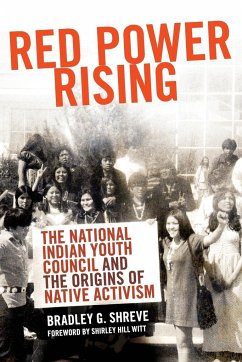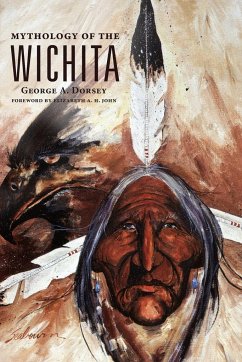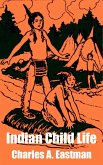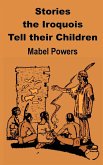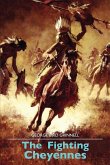2012 New Mexico/Arizona Book Awards-Multicultural (finalist) Uncovers the origins of the Red Power movement During the 1960s, American Indian youth were swept up in a movement called Red Power-a civil rights struggle fueled by intertribal activism. While some define the movement as militant and others see it as peaceful, there is one common assumption about its history: Red Power began with the Indian takeover of Alcatraz in 1969. Or did it? In this groundbreaking book, Bradley G. Shreve sets the record straight by tracing the origins of Red Power further back in time: to the student activism of the National Indian Youth Council (NIYC), founded in Gallup, New Mexico, in 1961. Unlike other 1960s and '70s activist groups that challenged the fundamental beliefs of their predecessors, the students who established the NIYC were determined to uphold the cultures and ideals of their elders, building on a tradition of pan-Indian organization dating back to the early twentieth century. Their cornerstone principles of tribal sovereignty, self determination, treaty rights, and cultural preservation helped ensure their survival, for in contrast to other activist groups that came and went, the NIYC is still in operation today. But Shreve also shows that the NIYC was very much a product of 1960s idealistic ferment and its leaders learned tactics from other contemporary leftist movements. By uncovering the origins of Red Power, Shreve writes an important new chapter in the history of American Indian activism. And by revealing the ideology and accomplishments of the NIYC, he ties the Red Power Movement to the larger struggle for human rights that continues to this day both in the United States and across the globe. Bradley G. Shreve is Chair of the Division of Social and Behavioral Sciences at Diné College in Tsaile, Arizona. Shirley Hill Witt was a founder and vice president of the National Indian Youth Council. A distinguished anthropologist and former foreign service officer, she is a member of the Akwesasne Mohawk Nation, Wolf Clan.
Hinweis: Dieser Artikel kann nur an eine deutsche Lieferadresse ausgeliefert werden.
Hinweis: Dieser Artikel kann nur an eine deutsche Lieferadresse ausgeliefert werden.

